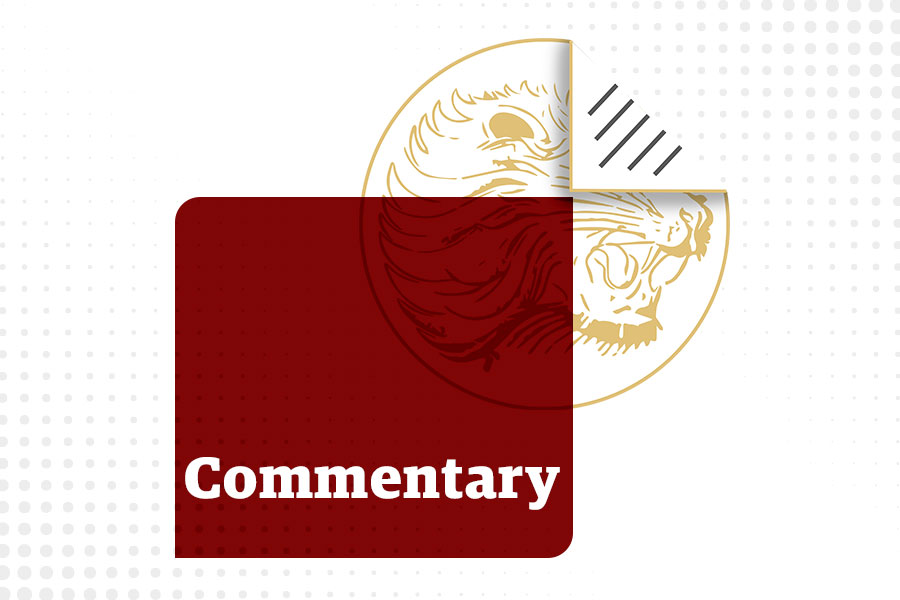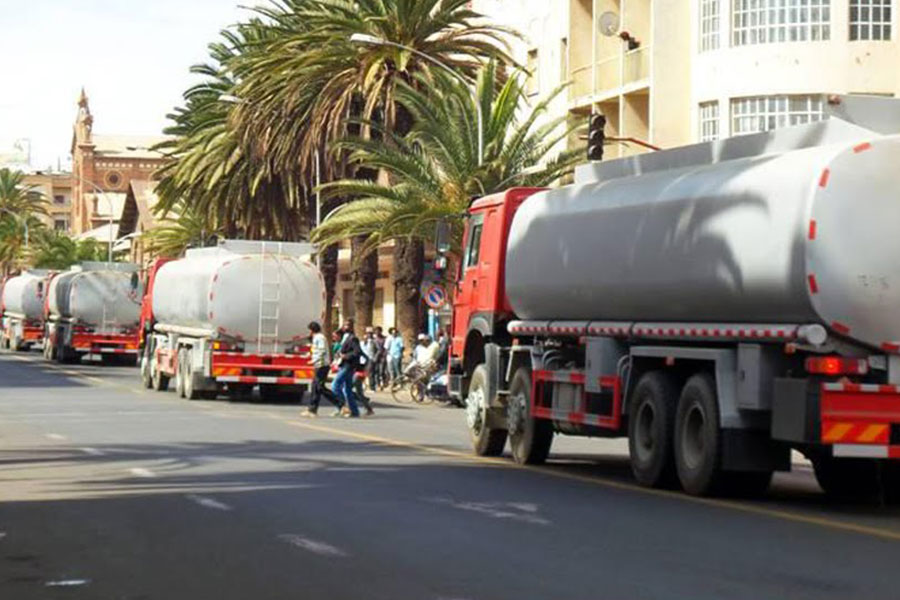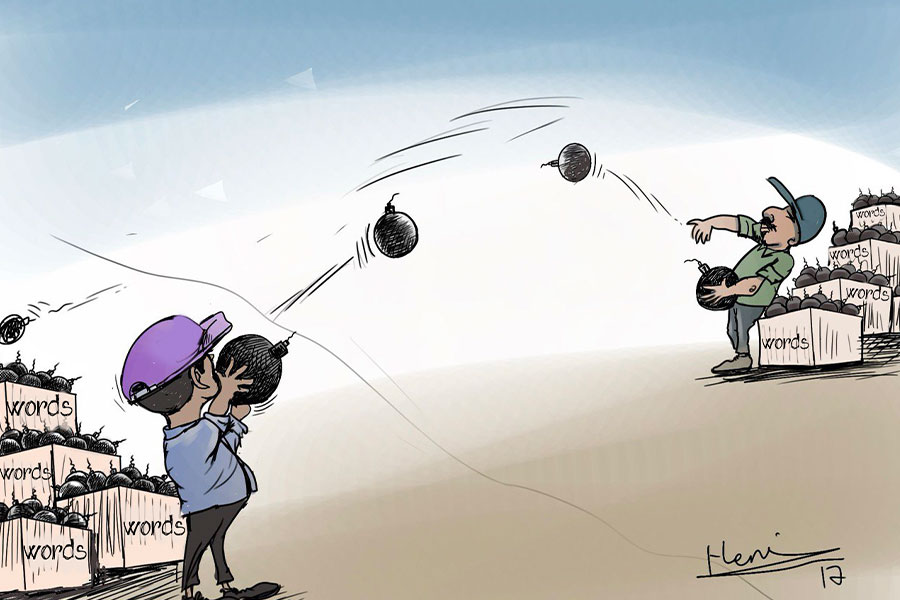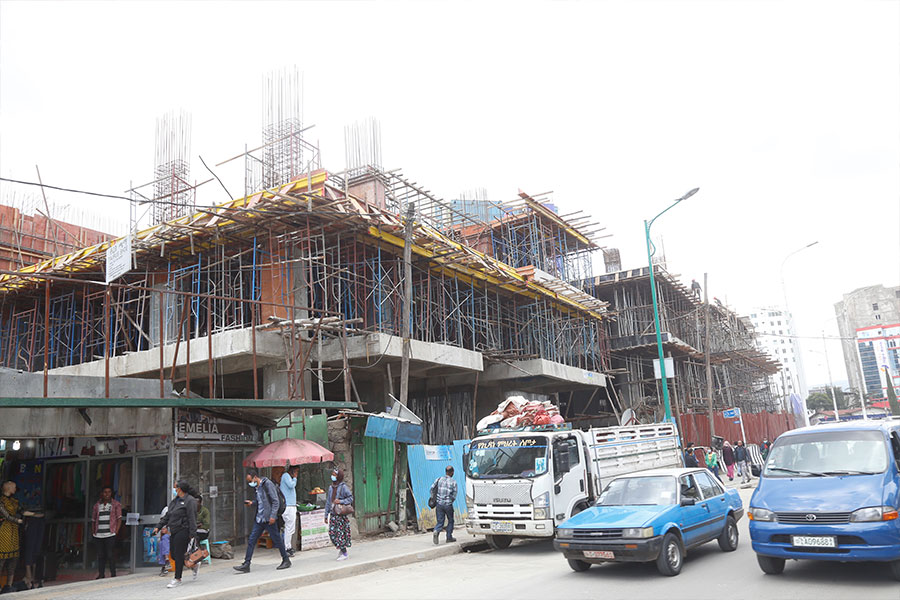
Radar | Dec 24,2022
Apr 30 , 2021
By Nimrod Zalk
The African Continental Free Trade Area (AfCFTA), launched on January 1, 2021, has been hailed as a “game-changer.” By bringing together 55 countries – with a total population of 1.3 billion and a combined GDP of 3.4 trillion dollars – in a single market, many believe the AfCFTA could fuel Africa’s recovery from the COVID-19 crisis, spur structural transformation, and drive rapid industrialisation. The World Bank estimates that trade integration could raise Africa’s income by seven percent by 2035, lifting 30 million people out of extreme poverty.
Those are lofty expectations. Unfortunately, lowering trade barriers alone will not enable Africa to fulfill them.
The AfCFTA will eliminate tariffs on 90pc of goods and reduce non-tariff barriers. Liberalisation, the logic goes, will lead to a sharp increase in continental trade, with production – especially of manufactured goods – rising to meet growing export demand. And higher exports would encourage longer-term industrialisation, by bringing about more efficient allocation of resources and economies of scale.
But there is a fundamental flaw in this logic. Tariffs are not the main impediment to continental trade, faster industrialisation, and structural transformation in Africa. In fact, trade tariffs are already low. Thus, much emphasis is placed on addressing non-tariff barriers, particularly infrastructure gaps and customs-related transaction costs.
AfCFTA-linked steps to streamline customs procedures and curb rent-seeking at borders will go some way toward boosting efficiency. But what is really needed is large-scale investment in physical customs infrastructure and modernisation of information-technology systems. The continent’s real problem is its underdeveloped production capacity.
Africa’s fixed investment, share of manufacturing in GDP, and agricultural productivity lag behind other developing regions, albeit with considerable cross-country variation. Moreover, the continent’s persistently low share in global exports exacerbates the balance-of-payments constraint to structural transformation, which depends on rising imports, particularly of the capital goods needed to upgrade agriculture and manufacturing.
Likewise, the mismatch between what African countries export (chiefly commodities and semi-processed goods) and import (primarily consumer and capital goods) significantly impedes continental trade.
Why would Ghana trade cocoa with Ivory Coast, if neither country can process it? Why would Zambia export its copper to the Democratic Republic of the Congo, which also produces – but does not process – copper?
Thus, at least as important as the AfCFTA’s trade-related provisions are macroeconomic and industrial policies that aim explicitly to accelerate structural transformation in agriculture and manufacturing and associated infrastructure investment. Some experts, including International Monetary Fund (IMF) researchers, recognise that industrial policies are needed to make the most of the AfCFTA. But these measures are regarded as ancillary, rather than a prerequisite for progress that must be accompanied by broader investment in energy, water and sanitation, and transport infrastructure (roads, rails, and ports). Only then can intraregional trade really take off. Yet, as it stands, the African Development Bank (AfDB) estimates the continent’s annual infrastructure funding gap to be between 68 billion and 108 billion dollars.
To be clear, Africa can achieve industrialisation and structural transformation, despite what naysayers claim. In fact, since 1990, manufacturing’s share of employment has grown in a number of African countries (though it has been accompanied by only modest value-added growth). African countries can build on their accumulated manufacturing experience to seize opportunities to produce for one another and the rest of the world.
Heavy industries like basic metals, chemicals, and cement production can benefit from proximity to regional markets. There is considerable scope for processing agricultural output into food and beverage products for the region and beyond. Global shifts and shocks create opportunities for Africa to expand its participation in value chains, from apparel to automotive assembly and pharmaceutical products.
Structural transformation is not limited to manufacturing. As three eminent Africa scholars argue, the continent must also reverse its relative neglect of agricultural output and exports and close the agricultural productivity gap with other regions. This is essential to raise incomes in rural areas, where extreme poverty is concentrated, and to boost agricultural exports (thereby loosening the balance-of-payments constraint to growth).
In particular, high-value agriculture such as horticulture is labour-intensive and has the scope for the kinds of productivity gains traditionally associated with manufacturing. Ethiopia and Kenya have already proved this with their exports of fresh flowers and vegetables, and South Africa has done the same with citrus.
For any of this to work, however, African leaders must look beyond the trade-related elements of the AfCFTA and implement a broader strategy, based on developmental regionalism, that aims explicitly to upgrade productive capacity. Only then can Africa achieve the structural transformation it so badly needs and kick-start trade in the process.
PUBLISHED ON
Apr 30,2021 [ VOL
22 , NO
1096]


Radar | Dec 24,2022

Commentaries | Feb 18,2023

Viewpoints | Jun 29,2024

Radar | Jun 07,2020

My Opinion | Jun 22,2024

My Opinion | Dec 15,2024

Commentaries | Dec 17,2022

Radar | Jul 25,2020

Fortune News | Jan 22,2022

Commentaries | May 25,2024

My Opinion | 131981 Views | Aug 14,2021

My Opinion | 128369 Views | Aug 21,2021

My Opinion | 126307 Views | Sep 10,2021

My Opinion | 123925 Views | Aug 07,2021

Dec 22 , 2024 . By TIZITA SHEWAFERAW
Charged with transforming colossal state-owned enterprises into modern and competitiv...

Aug 18 , 2024 . By AKSAH ITALO
Although predictable Yonas Zerihun's job in the ride-hailing service is not immune to...

Jul 28 , 2024 . By TIZITA SHEWAFERAW
Unhabitual, perhaps too many, Samuel Gebreyohannes, 38, used to occasionally enjoy a couple of beers at breakfast. However, he recently swit...

Jul 13 , 2024 . By AKSAH ITALO
Investors who rely on tractors, trucks, and field vehicles for commuting, transporting commodities, and f...

Jul 5 , 2025
Six years ago, Ethiopia was the darling of international liberal commentators. A year...

Jun 28 , 2025
Meseret Damtie, the assertive auditor general, has never been shy about naming names...

Jun 21 , 2025
A well-worn adage says, “Budget is not destiny, but it is direction.” Examining t...

Jun 14 , 2025
Yet again, the Horn of Africa is bracing for trouble. A region already frayed by wars...

Jul 6 , 2025 . By BEZAWIT HULUAGER
The federal legislature gave Prime Minister Abiy Ahmed (PhD) what he wanted: a 1.9 tr...

Jul 6 , 2025 . By YITBAREK GETACHEW
In a city rising skyward at breakneck speed, a reckoning has arrived. Authorities in...

Jul 6 , 2025 . By NAHOM AYELE
A landmark directive from the Ministry of Finance signals a paradigm shift in the cou...

Jul 6 , 2025 . By NAHOM AYELE
Awash Bank has announced plans to establish a dedicated investment banking subsidiary...